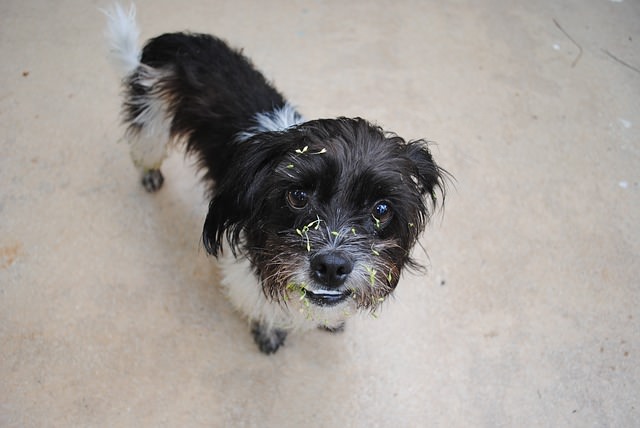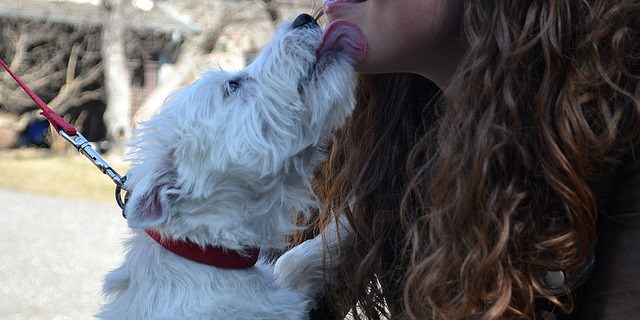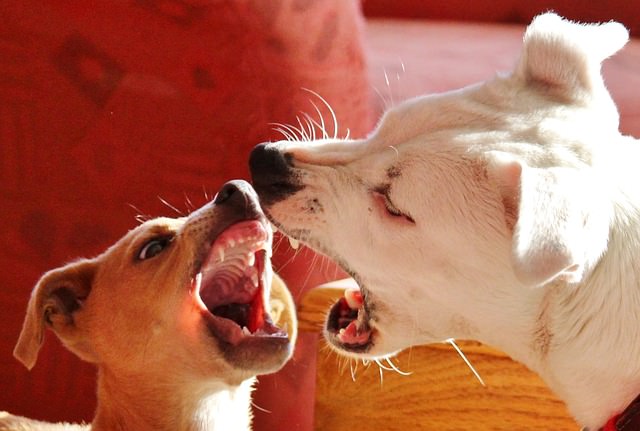The first few months your new puppy or rescue dog spends in your home will set the tone for your life together. It is important to establish rules and provide plenty of socialization during this time.
Although the following 5 steps can help you raise a well-rounded, friendly pooch, some dogs require more training than others. Don’t be afraid to reach out to a trainer or behaviorist for help!

1. Do not take a dog from its mother and litter-mates prior to 8 weeks of age.
Puppies get their very first behavioral training sessions from their mother and litter-mates. They learn about submission, dominance, patience and sharing through the daily routines of nursing and play. Romping with litter-mates also helps pups learn how much pressure is too much when it comes to biting and nipping.

When rescuing a puppy or older dog, your new pet may not have had the benefit of remaining with its litter for an appropriate amount of time. This may pose additional behavioral challenges, but certainly does not mean the dog is “untrainable.”

2. Schedule playdates.
Regardless of whether your dog was with its litter for the recommended 8 weeks, additional puppy play sessions are always beneficial to ensure a friendly, well-rounded pet. During play, dogs determine their roll in the social hierarchy and learn how to properly approach and interact with their own species. New dogs and puppies should have practice interactions with other dogs inside the home, outside while on a leash, and in an off-leash fenced setting.

3. Provide in-home and in-public socialization sessions.
Just as important as learning to act appropriately around other dogs, new pups must also learn how to behave around humans. Socialization with people is important to ensure that your dog does not suffer undue stress and anxiety at the vet, groomer, or boarding kennel. It also reduces the risk of liability from a fear-induced dog bite. Encourage frequent visitors to your home as training exercises and provide lots of fun public visits to pet-friendly establishments so your pup can learn that strangers are not always threatening (and often have treats)!

4. Teach basic commands.
You may think it is cute when your dog jumps up as a greeting, but your 2-year-old niece or 90-year-old neighbor may disagree! To prevent accidents and misunderstandings, dogs should learn to master basic commands like “sit,” “stay,” and “down.”

5. Learn to reinforce good behavior and discourage bad behavior.
This can be a difficult one! You may actually be encouraging your dog’s behavioral issues without even realizing it. For example, yelling at a barking dog may reinforce that loud noise is the way to deal with exciting stimuli. Also, picking up and cuddling a fearful or aggressive dog rewards negative behavior.

Remember, allowing a trainer to come in and observe your dog interacting with you and others is not a failure on your part! Professionals can help expose behavior problems, teach you how to fix them, and save you lots of frustration.
